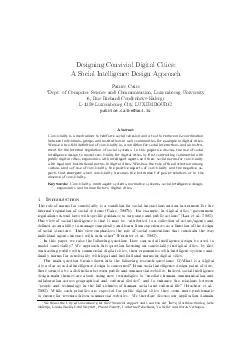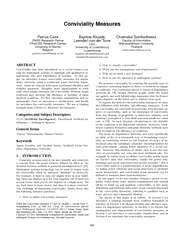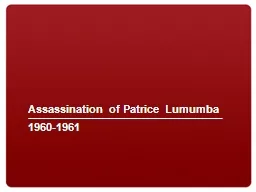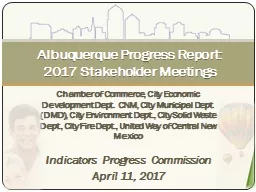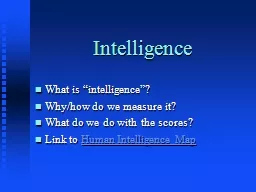PDF-Designing Convivial Digital Cities A Social Intelligence Design Approach Patrice Caire
Author : conchita-marotz | Published Date : 2015-03-11
of Computer Science and Communication Luxembourg University 6 Rue Richard CoudenhoveKalergi L1359 Luxembourg City LUXEMBOURG patricecaireunilu Abstract Conviviality
Presentation Embed Code
Download Presentation
Download Presentation The PPT/PDF document "Designing Convivial Digital Cities A Soc..." is the property of its rightful owner. Permission is granted to download and print the materials on this website for personal, non-commercial use only, and to display it on your personal computer provided you do not modify the materials and that you retain all copyright notices contained in the materials. By downloading content from our website, you accept the terms of this agreement.
Designing Convivial Digital Cities A Social Intelligence Design Approach Patrice Caire: Transcript
Download Rules Of Document
"Designing Convivial Digital Cities A Social Intelligence Design Approach Patrice Caire"The content belongs to its owner. You may download and print it for personal use, without modification, and keep all copyright notices. By downloading, you agree to these terms.
Related Documents

